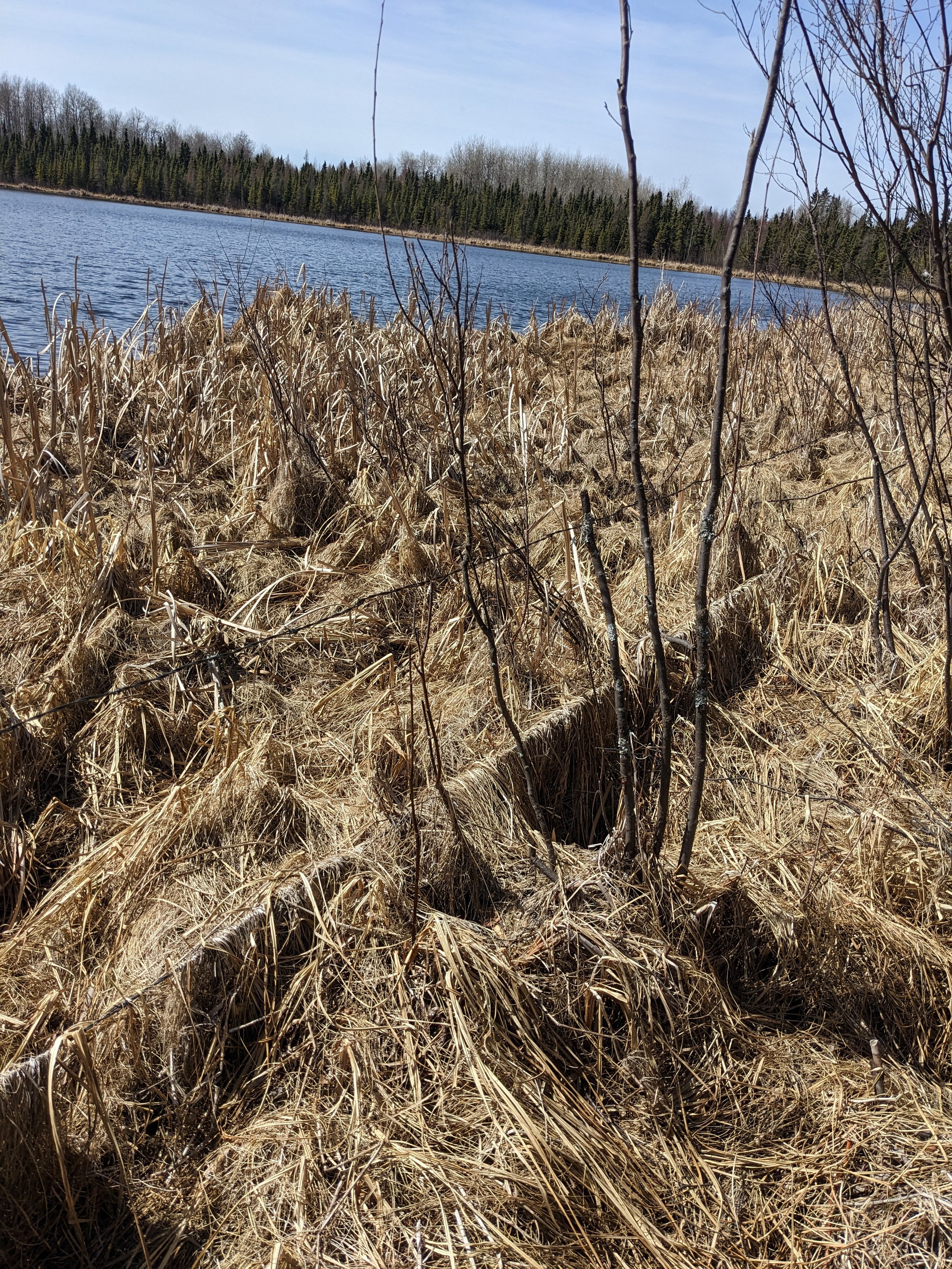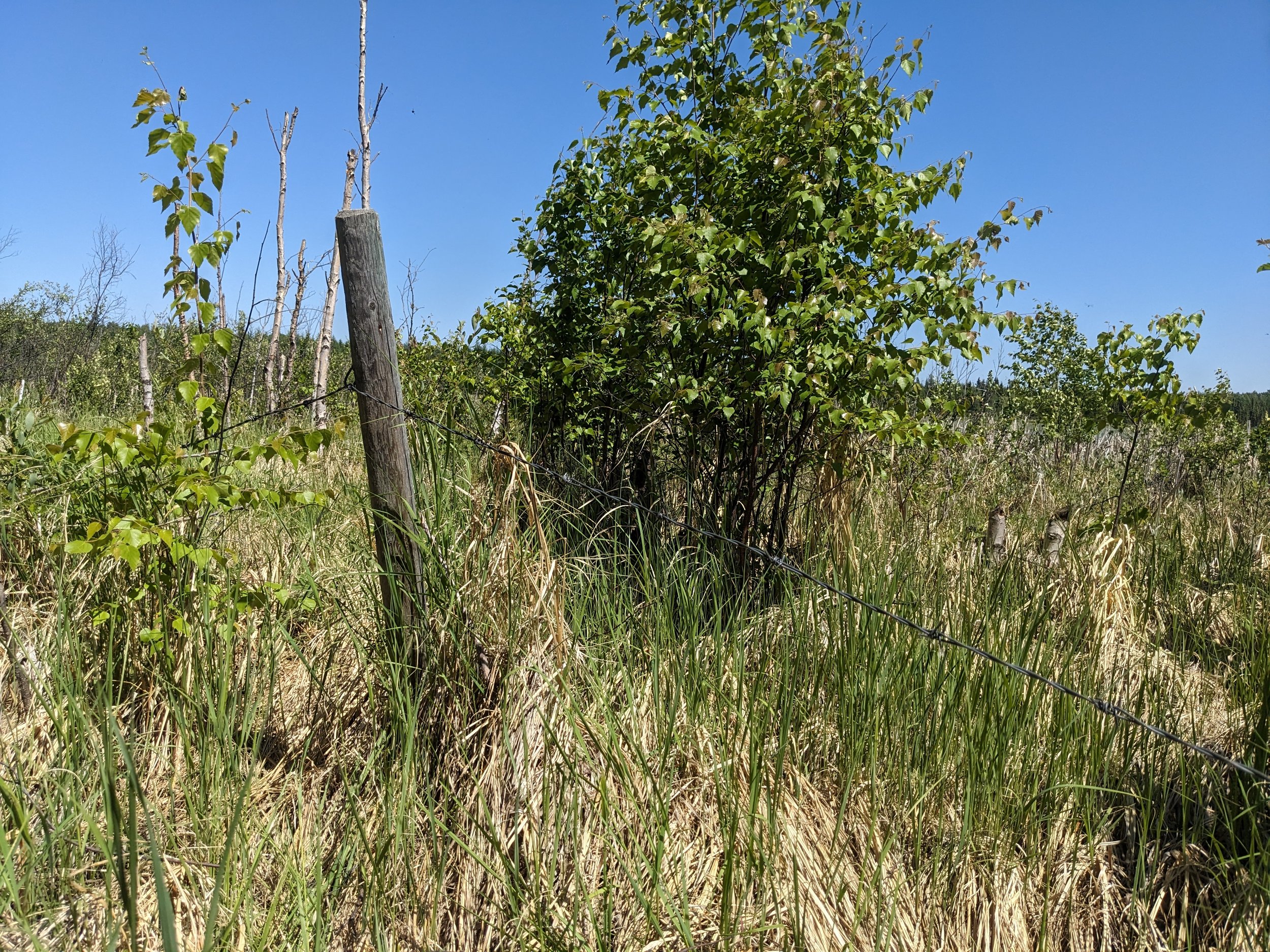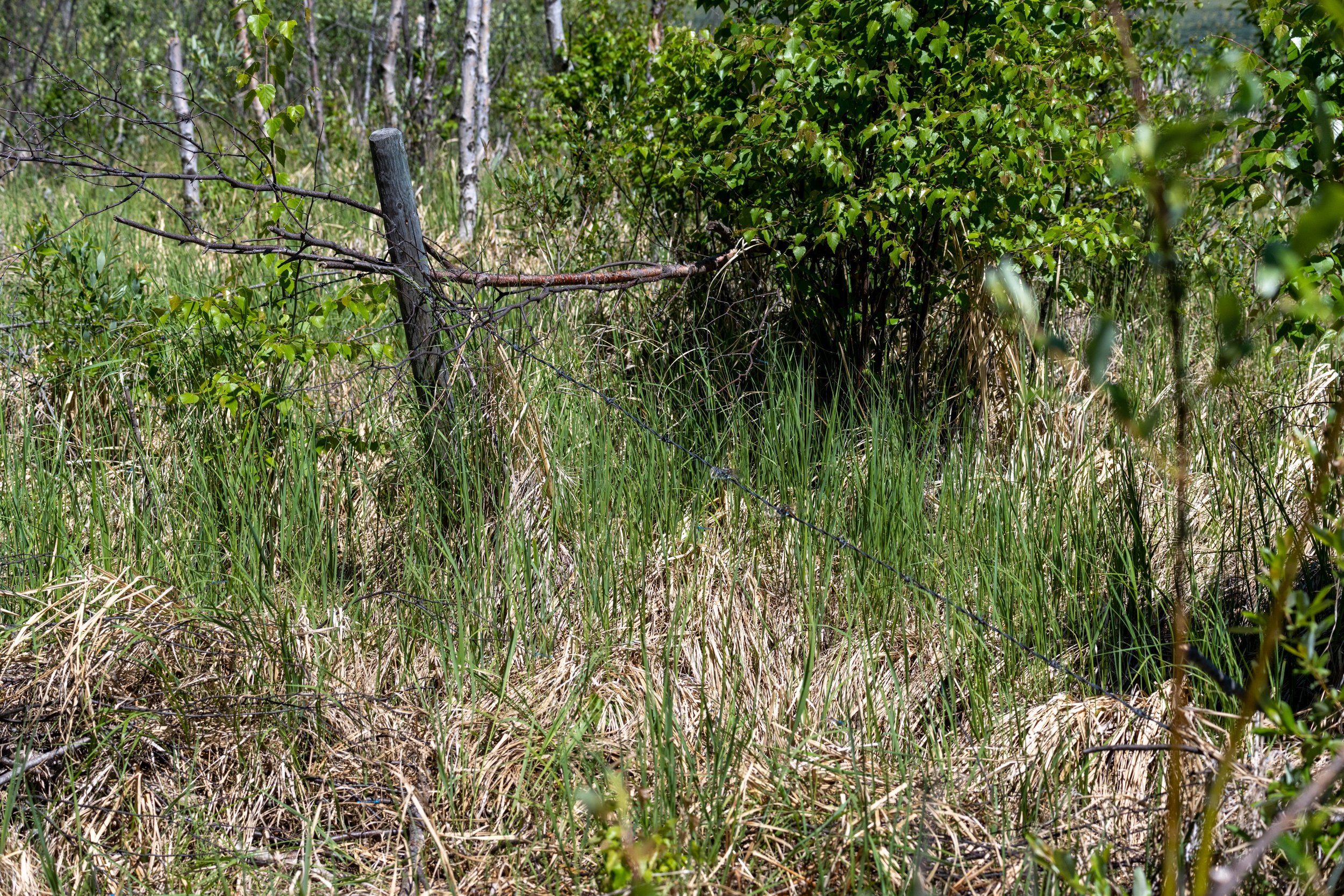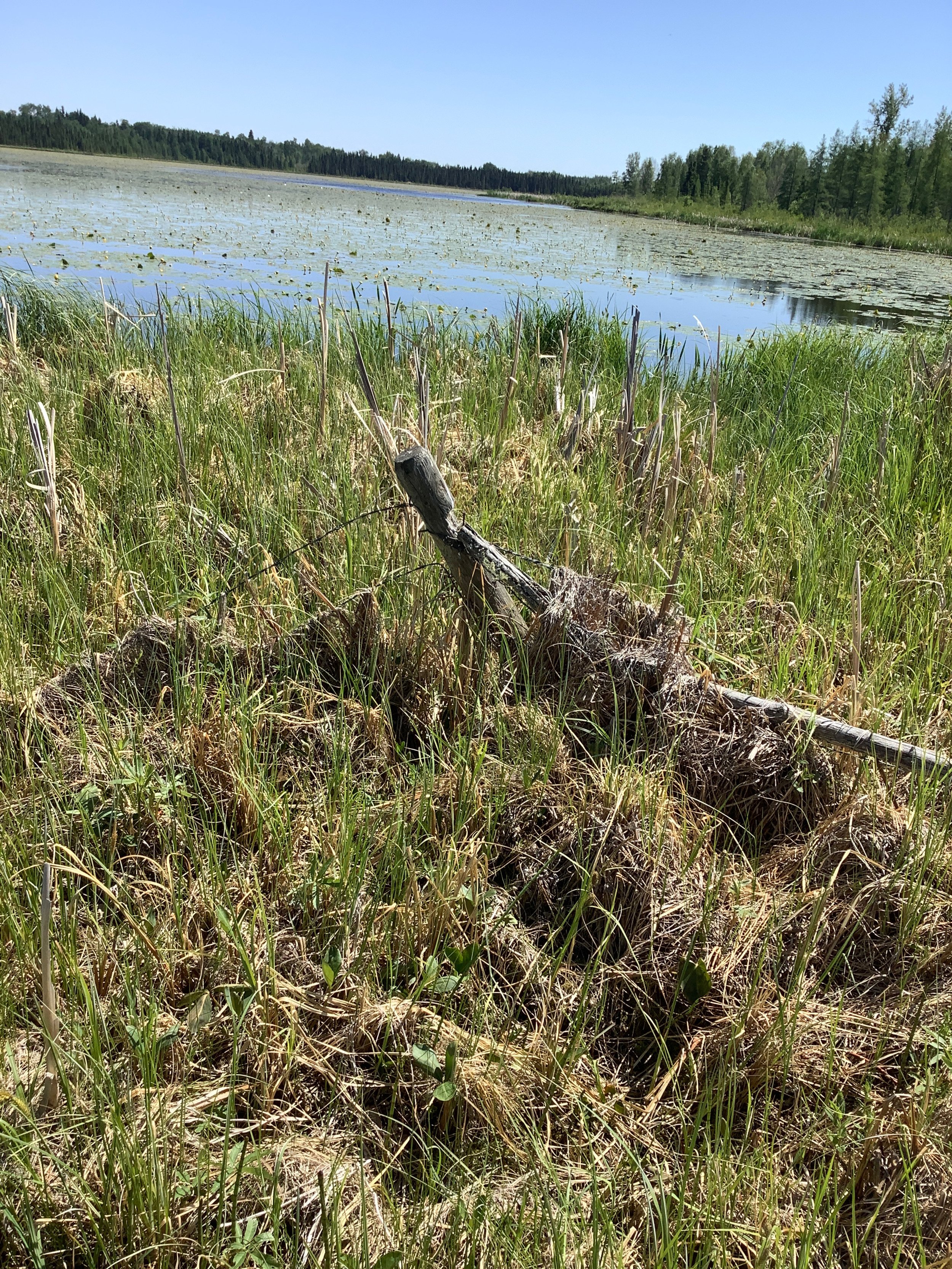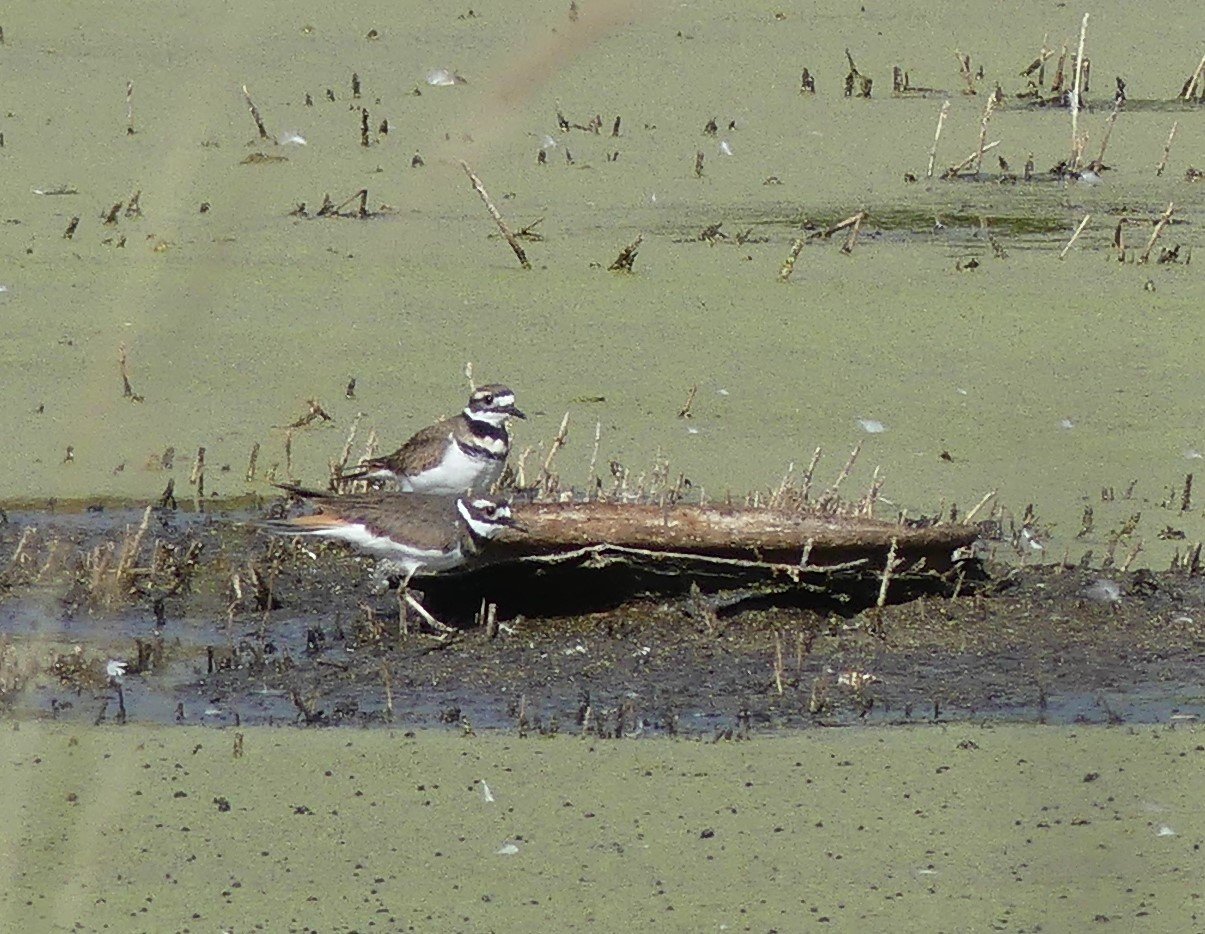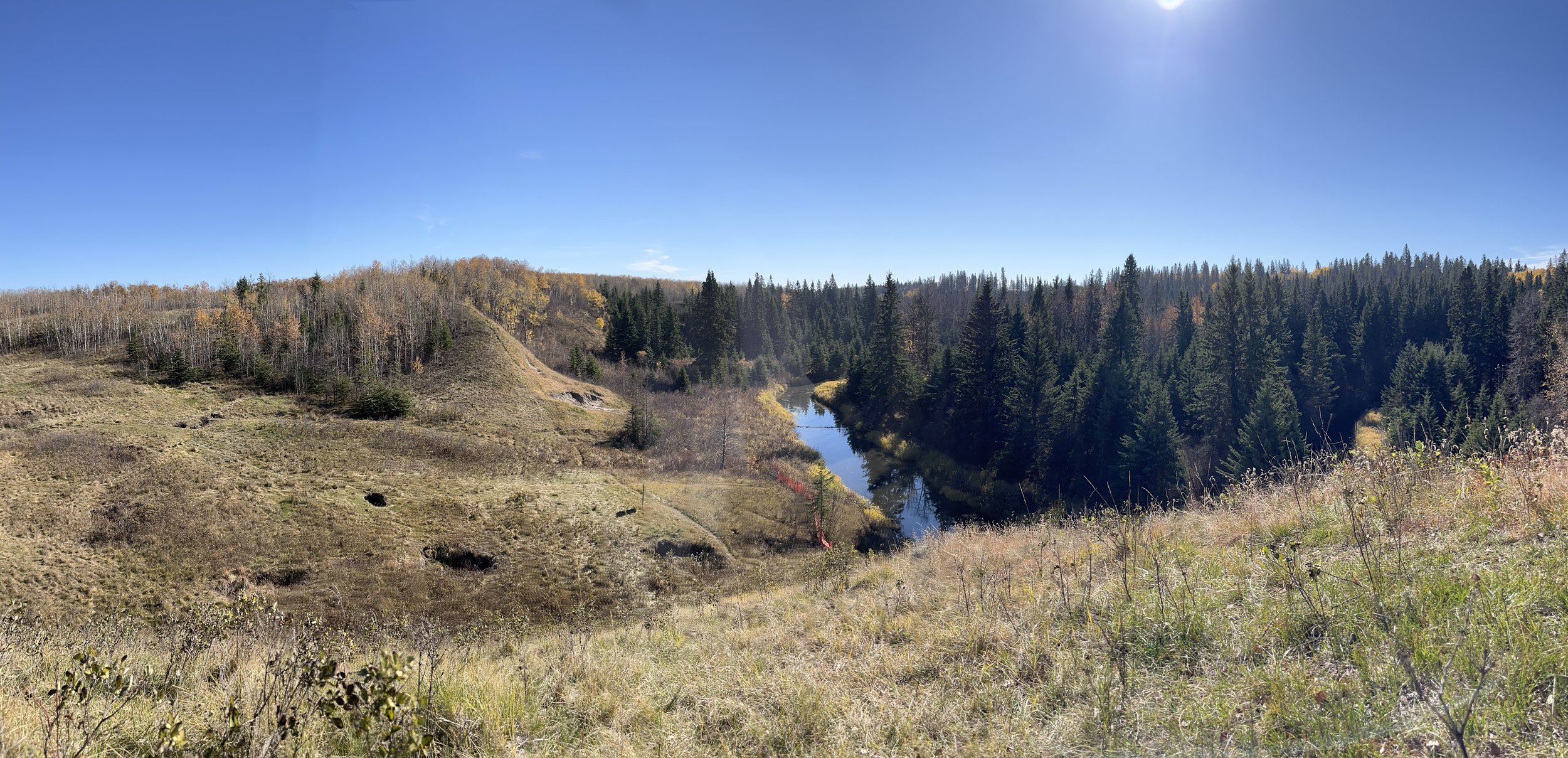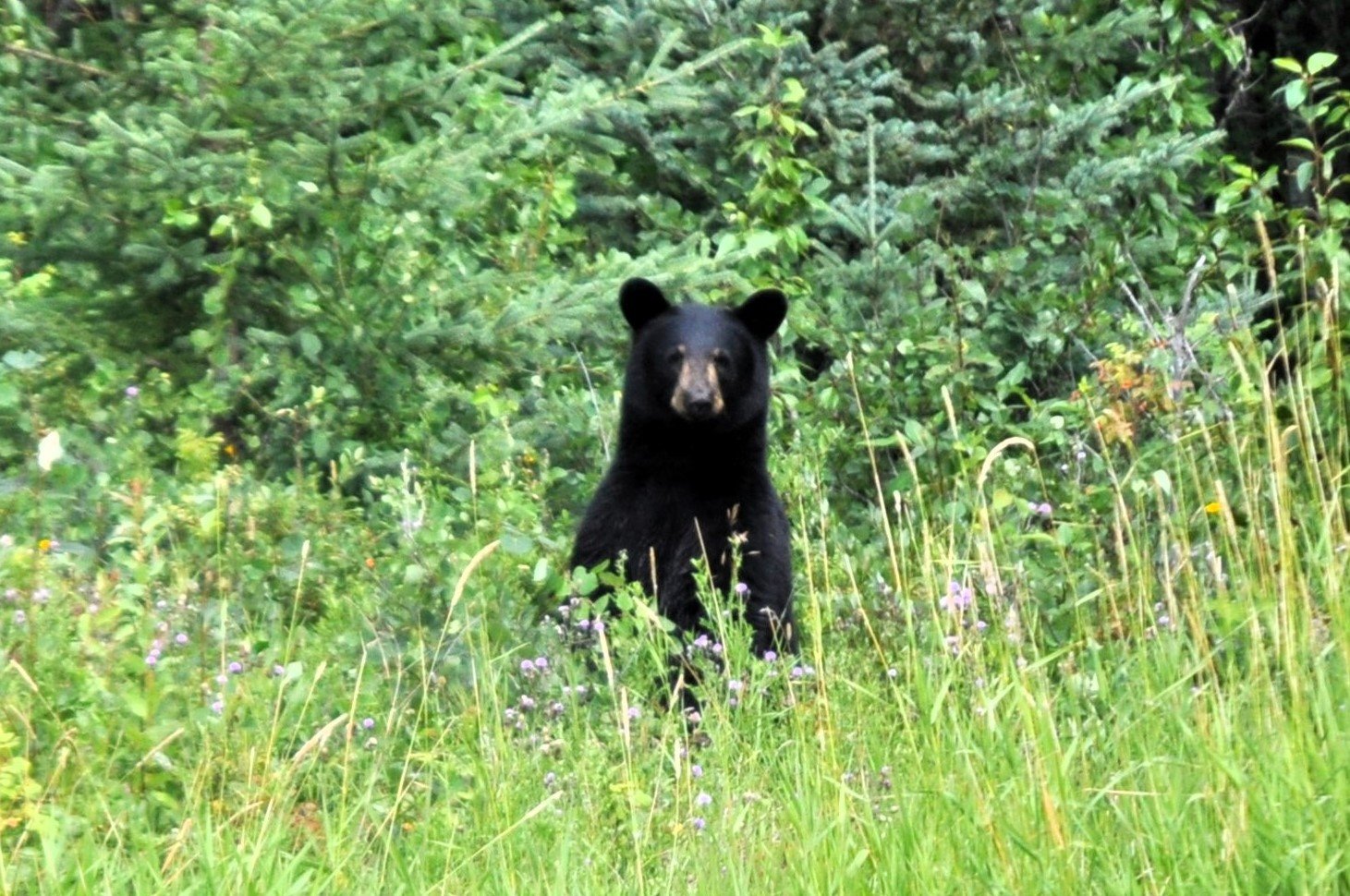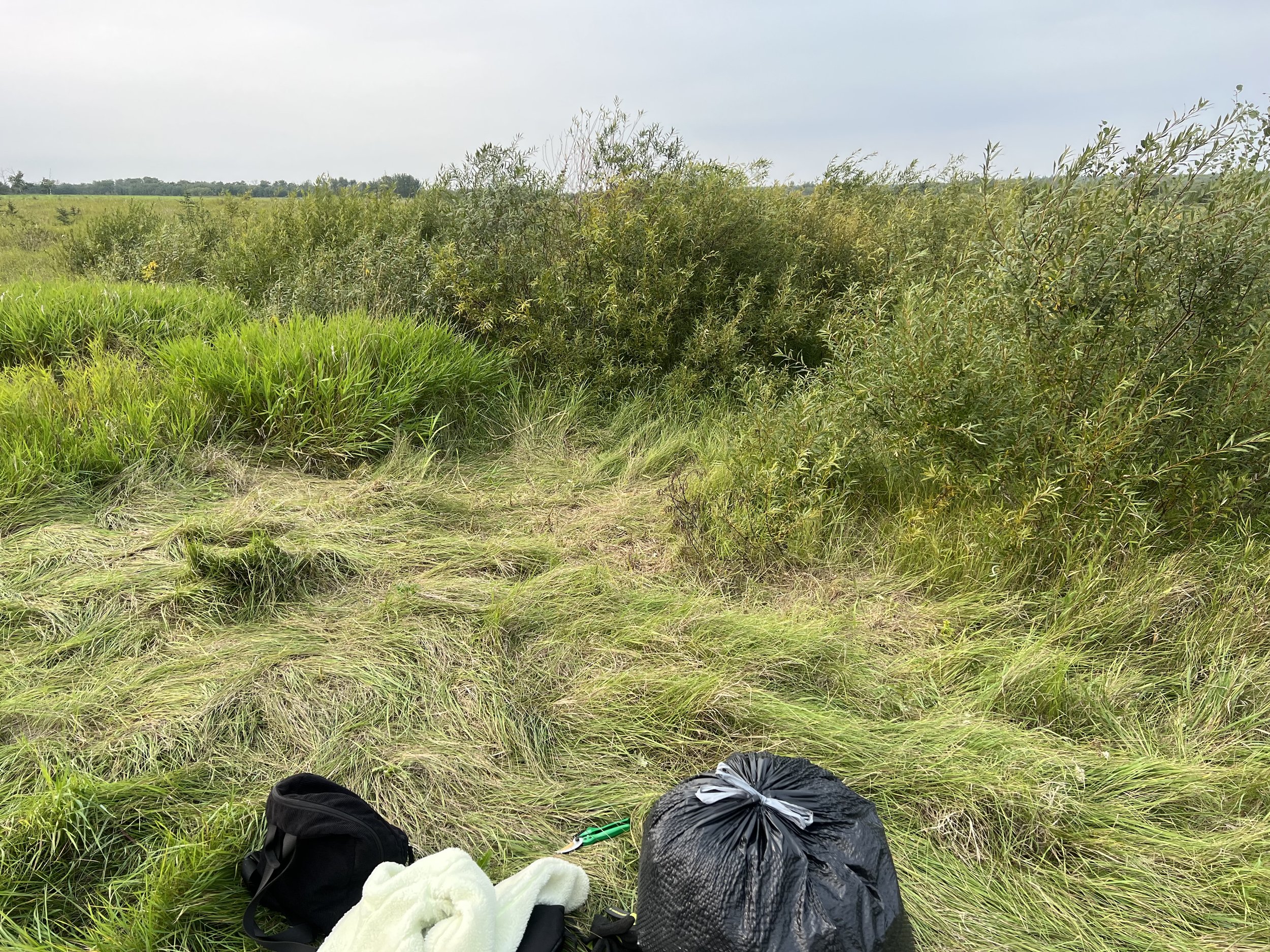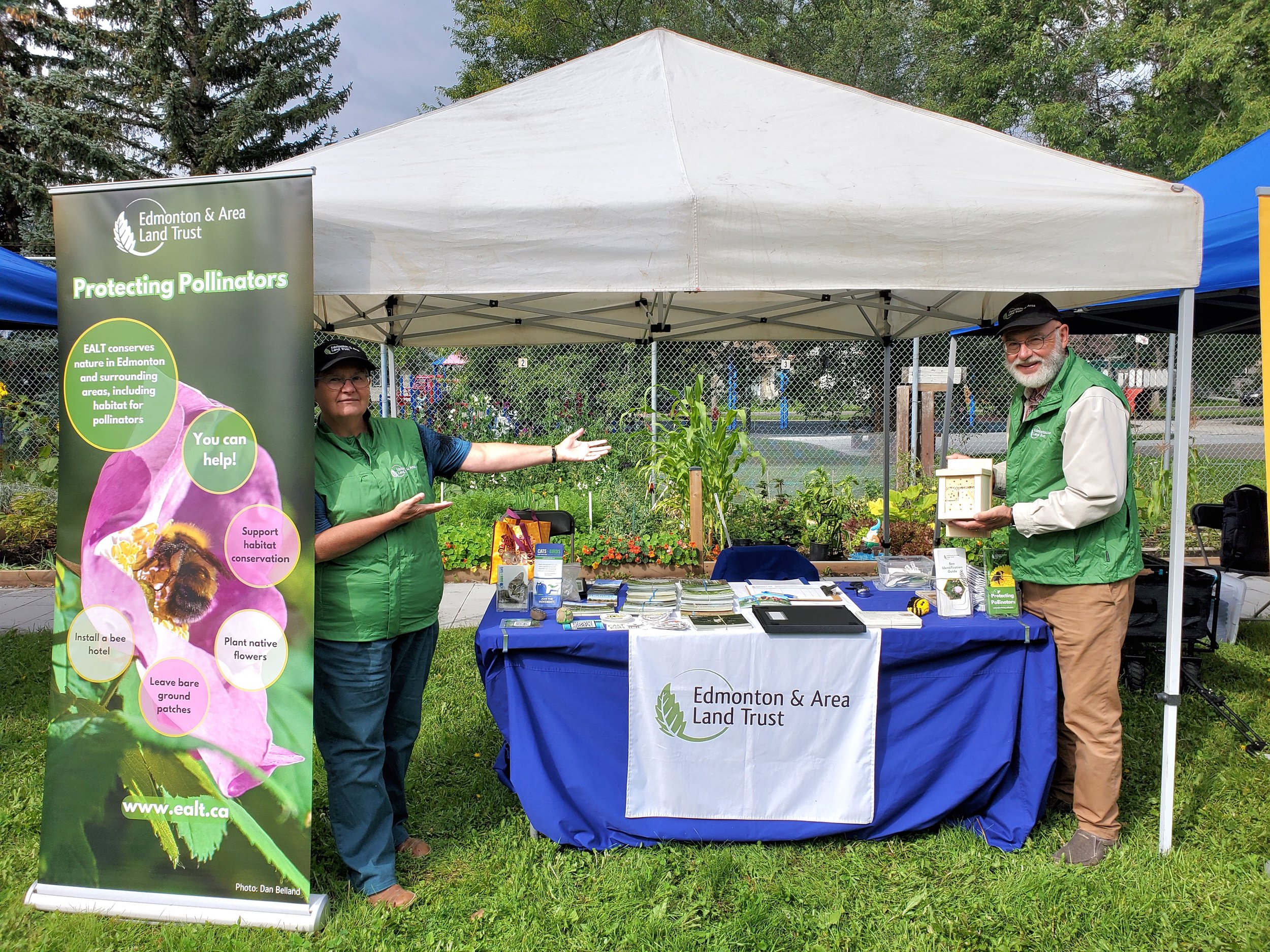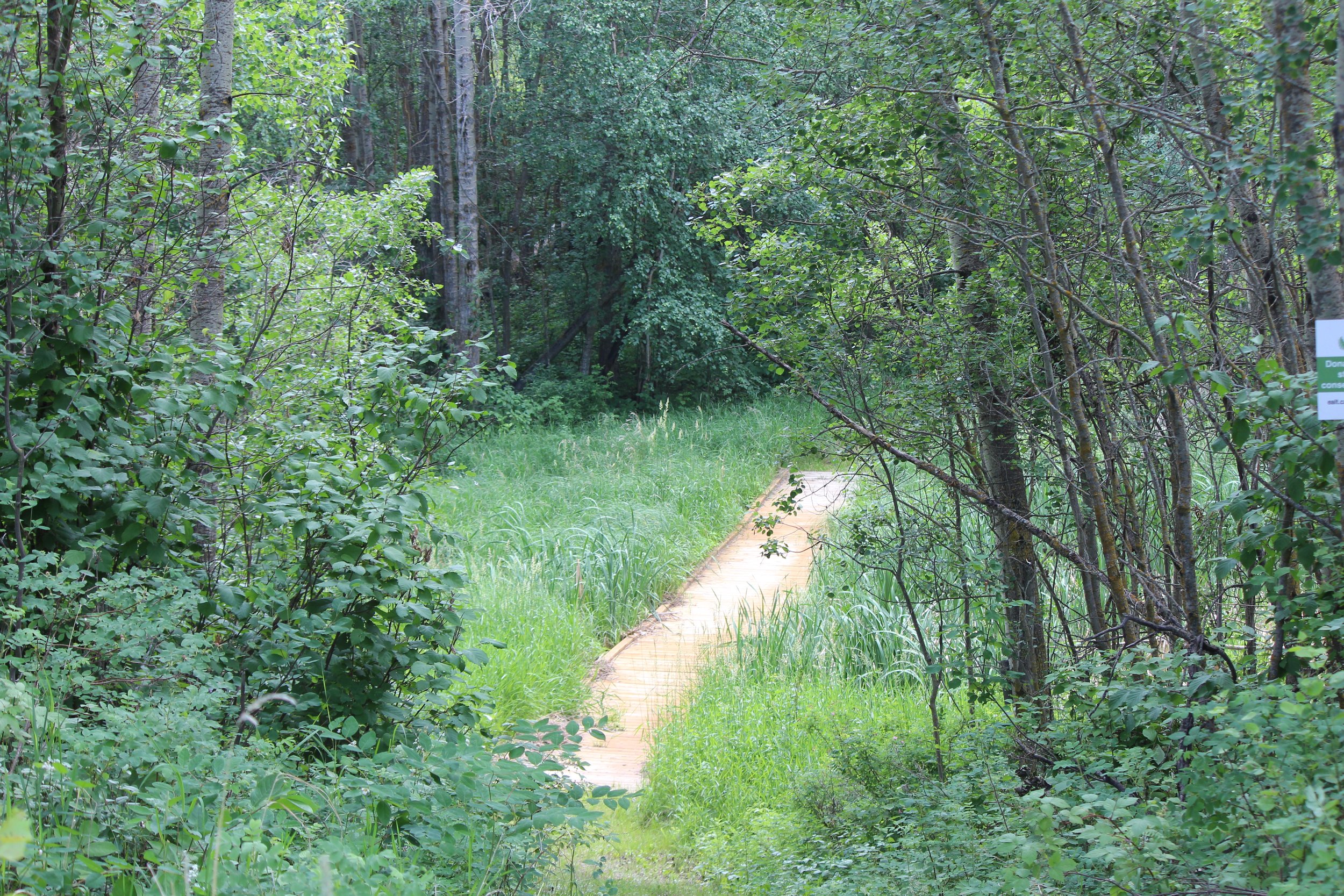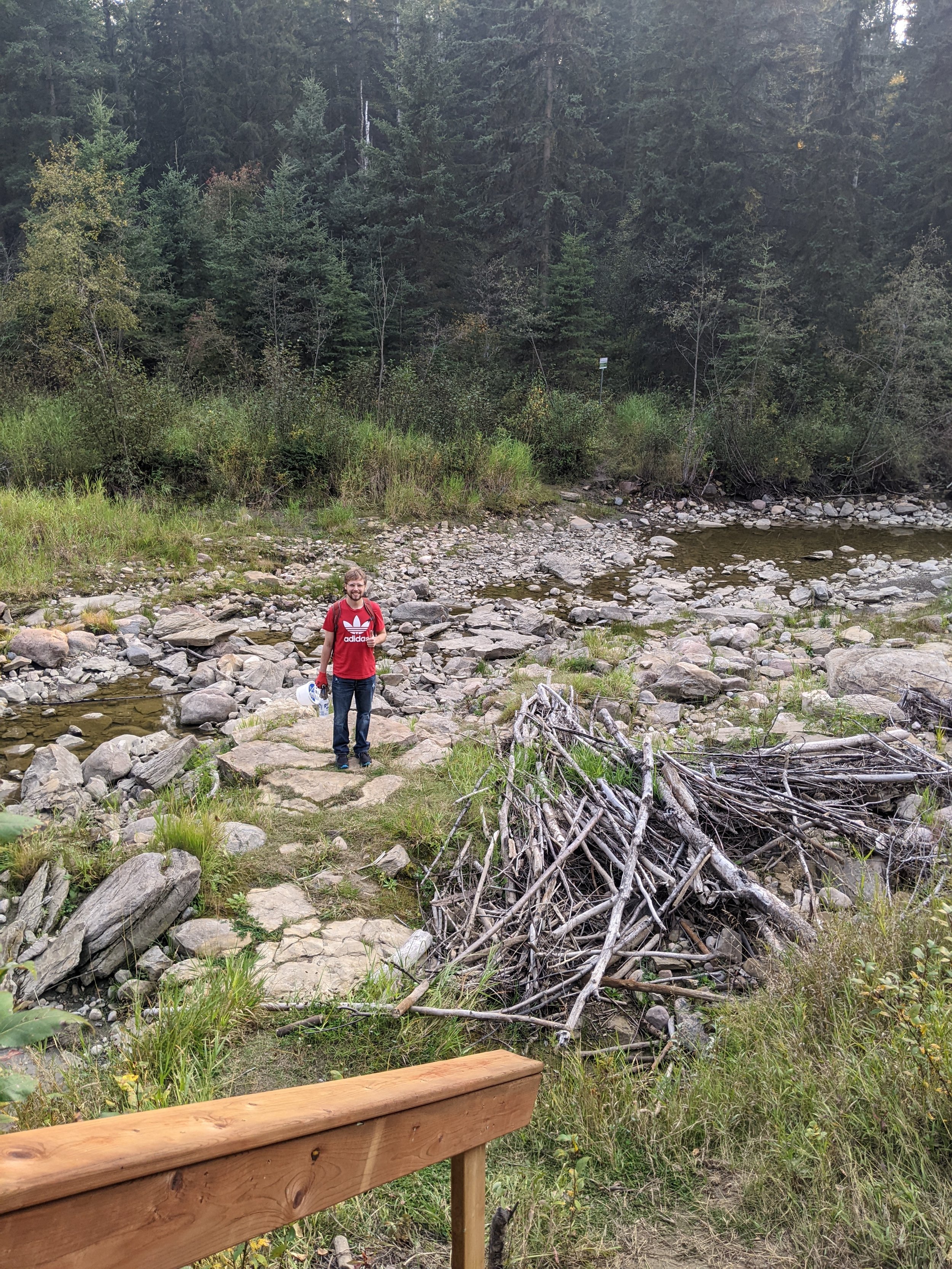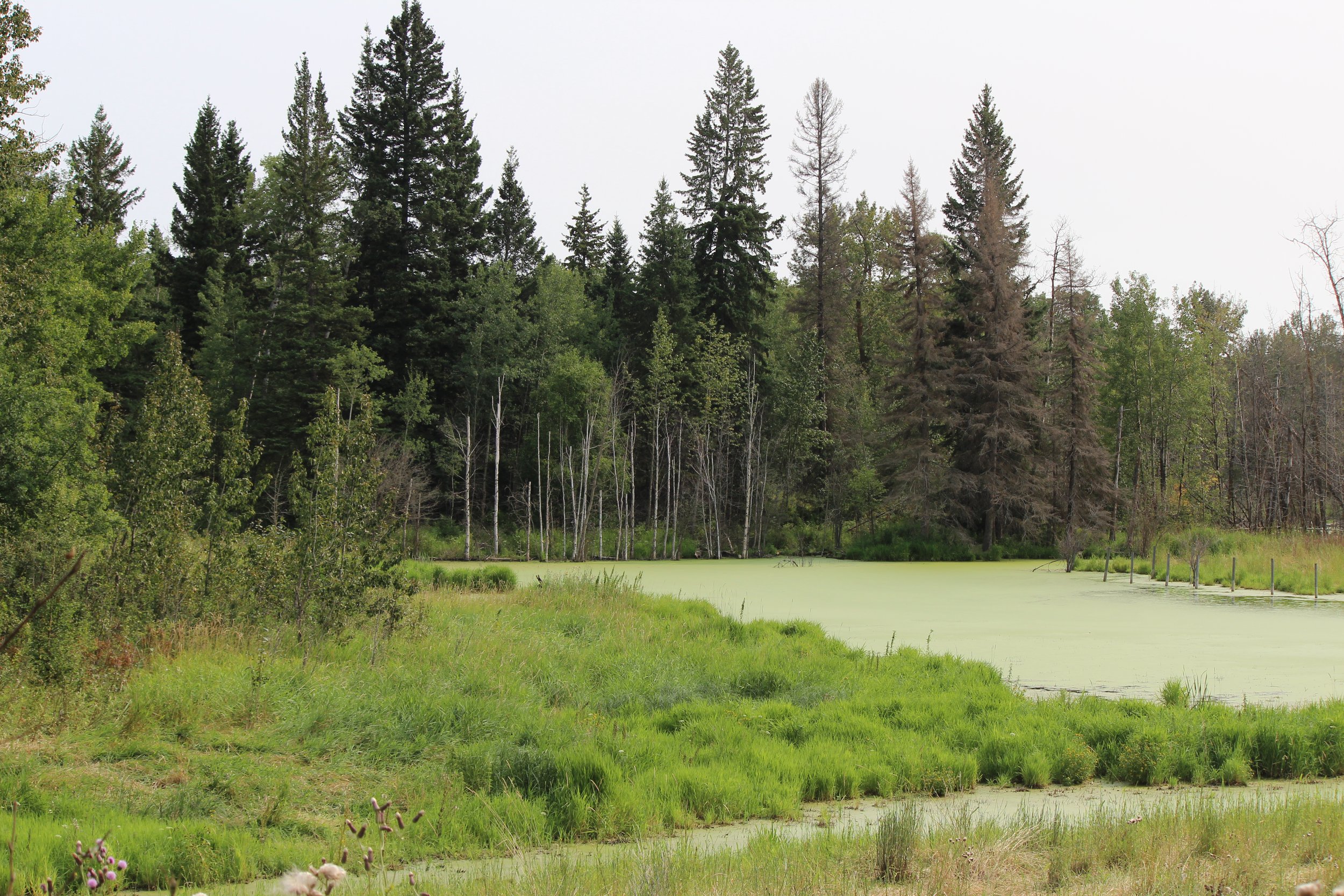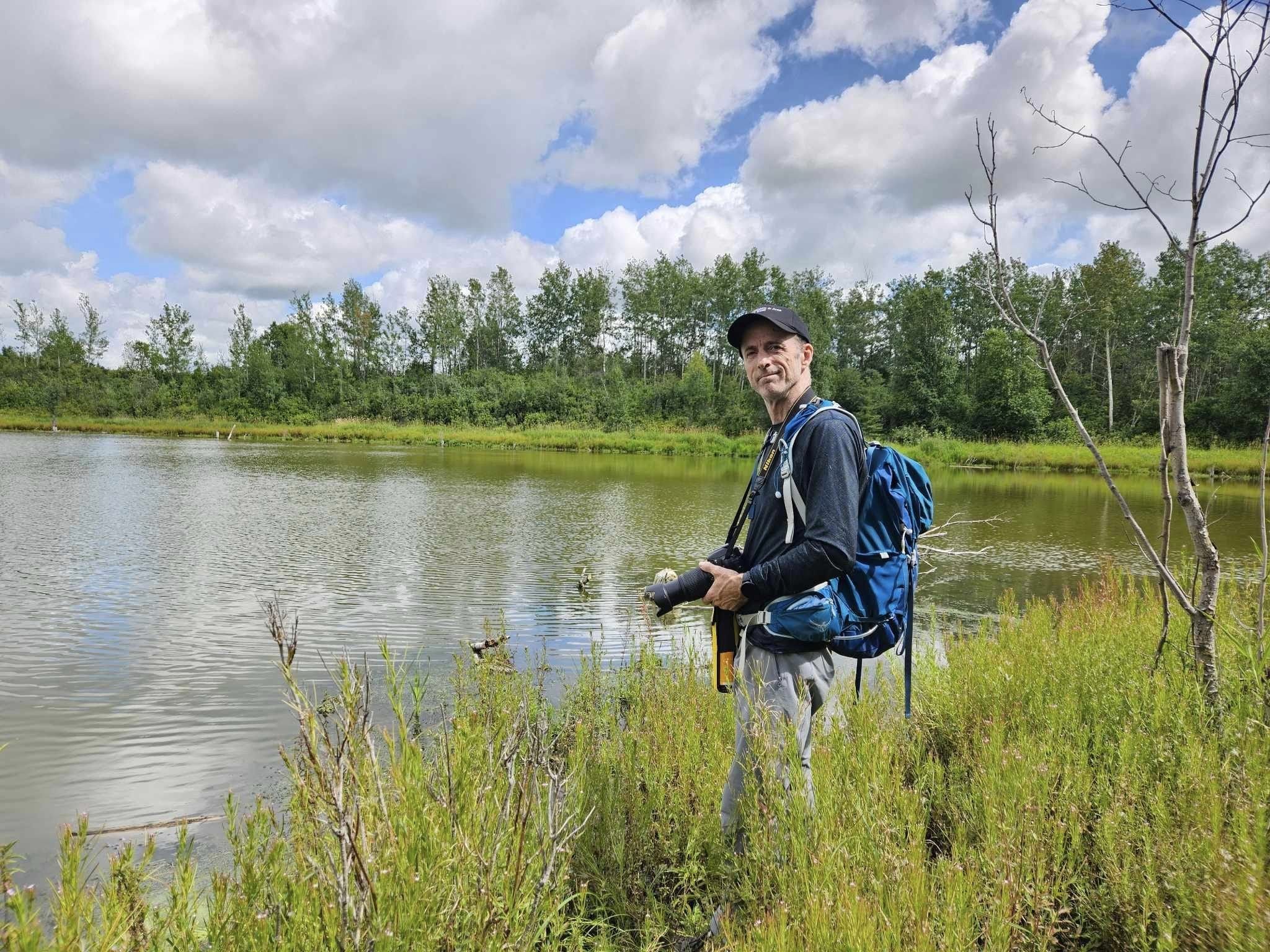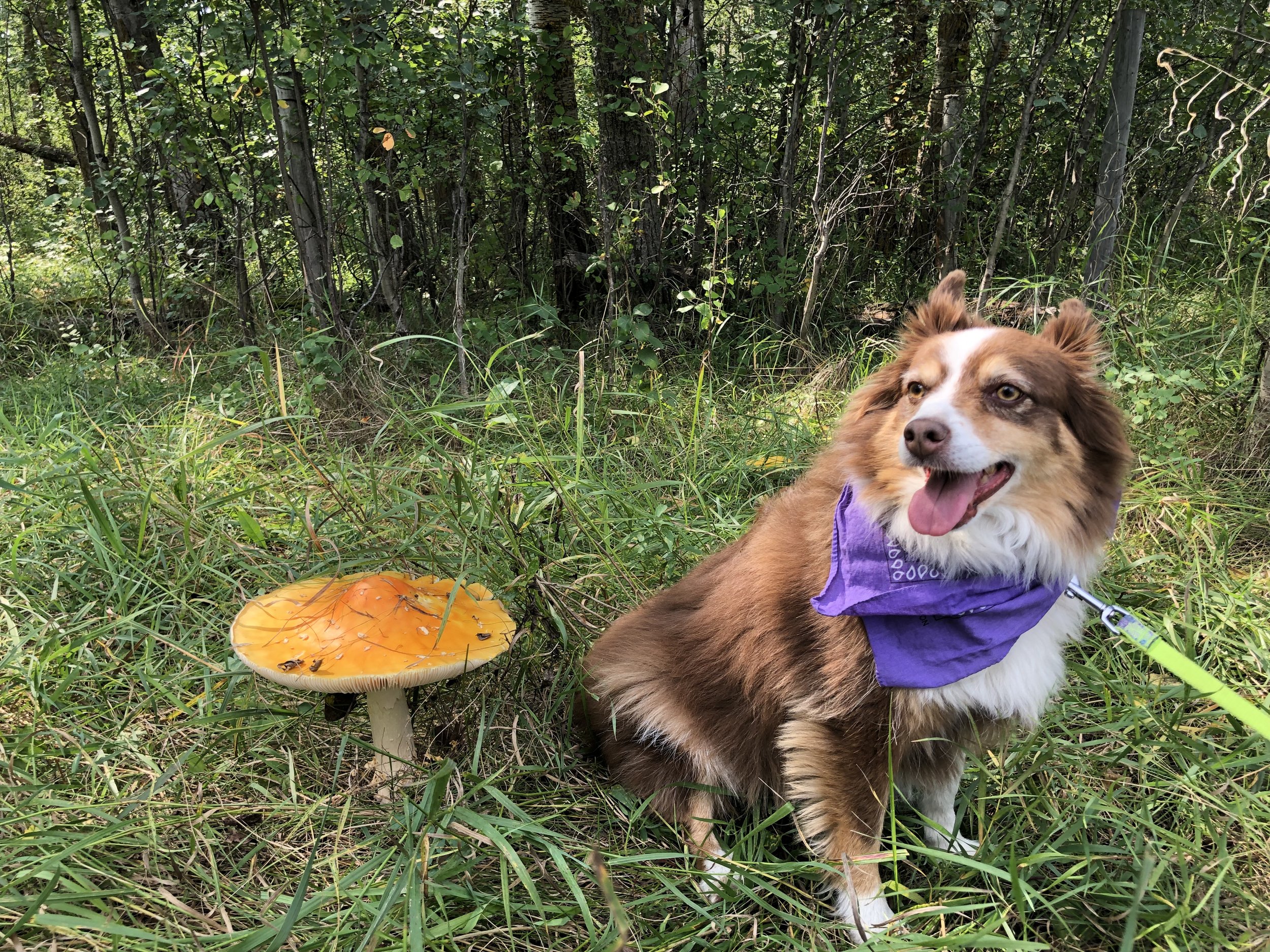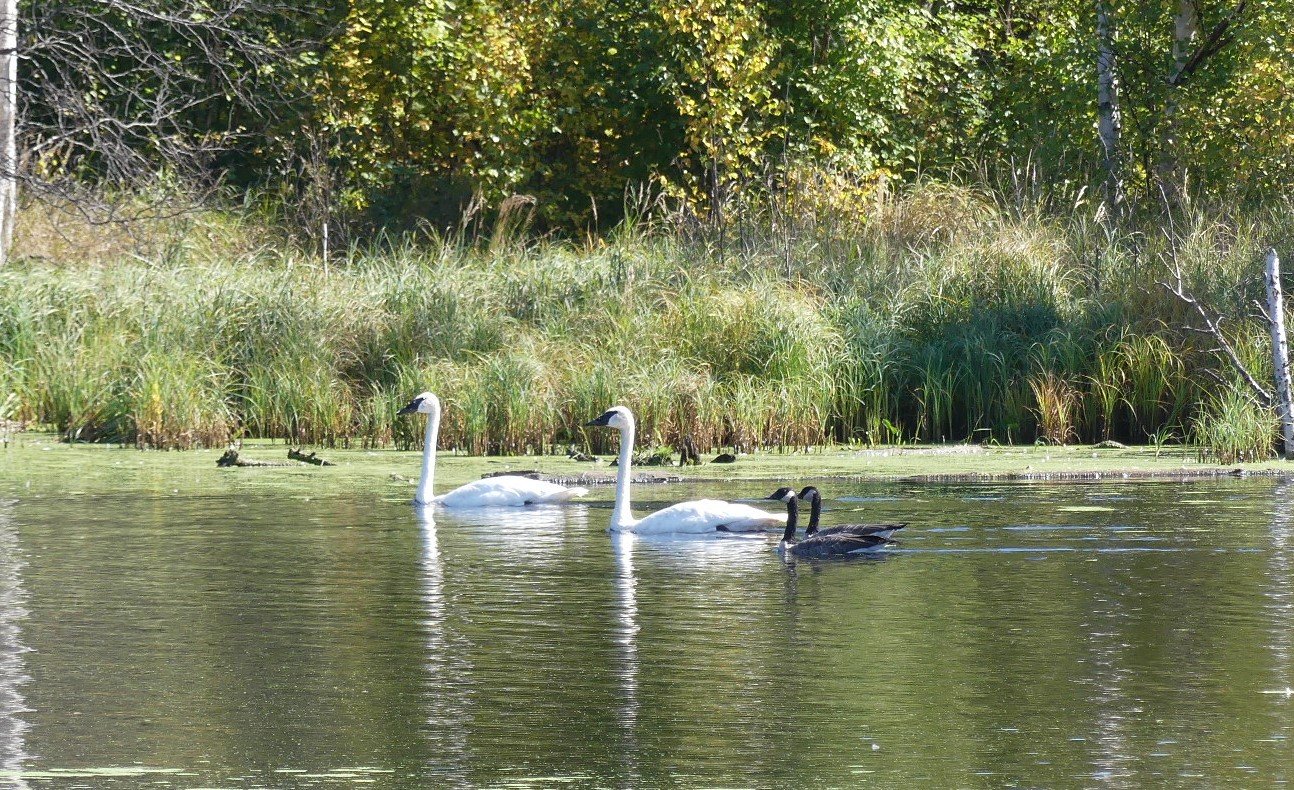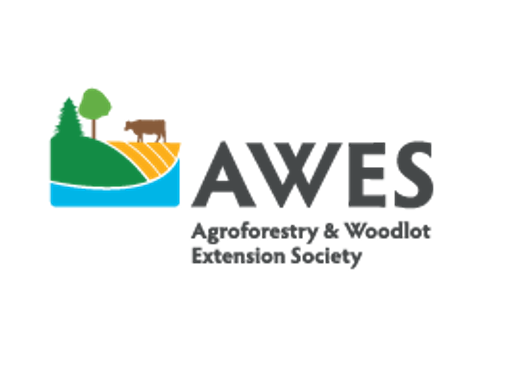A warm, gradual autumn has allowed the fieldwork season to go a little longer this year. Check out these recent projects and highlights from EALT staff and volunteers.
Securement
EALT has been fortunate to visit some prospective lands to conserve. Securement visits include collecting data that can be used for a baseline documentation report as well as grants such as the Alberta Land Trust grant. These visits often require staff to survey the land to assess vegetation communities, human disturbance, observe wildlife, and more. Wildlife cameras and recording devices (such as ARUs) are often placed there for the summer to collect further information. The combination of in-person visits and technology allows for as much data to be collected as possible.
Conservation Manager, Rebecca Ellis, piloting the drone.
Visits like this now include a new tool for EALT staff to use, a drone! This device will allow staff to survey harder to reach areas, capture photos, and monitor our conservation lands in new ways.
This tool was made possible by RBC’s Tech for Nature grant. This grant also supported EALT to purchase more wildlife cameras and ARUs. Thanks to the Nature Smart Climate Solutions fund for increasing our capacity to conserve more land.
Stewardship
Maintaining trails, signs, and more!
Photo: Brett Bolkowy
In late summer, fieldwork transitions away from invasive plant management to other stewardship tasks. In August, volunteers came to JBJ McDonald for a trail maintenance event. Later in September at the Lu Carbyn Nature Sanctuary, we removed some old barbed wire fencing and fixed signs. We hope these adjustments will help visitors explore easily!
Thanks to the Edmonton Community Foundation and Alberta Land Trust Grant program for supporting our projects at JBJ McDonald.
Removing hazards to wildlife
Speaking of wire removal, a significant barbed wire removal project is soon to be completed at JBJ McDonald. Sections of old barbed wire were found in areas of the land, both near the land’s north boundary and along the shoreline of Lily Lake. The shoreline fence was particularly hazardous to wildlife, as some strands were hidden amongst the vegetation and could cause traveling moose or deer to get tangled. Waterfowl flying in towards the lake could have also been tangled in this line.
Thanks to the AFGA Minister’s Special License program, EALT has the capacity to remove the barbed wire. The first section was removed by volunteers this spring, but the shoreline section will be removed this fall. Close to 2 kilometers of wire will be removed from the land! This stewardship task can be a bit cumbersome, but it is worth it to limit hazards to wildlife and improve their movement across the landscape. You can learn more about wildlife friendly fencing standards here.
Planting for Pollinators
In late September, EALT hosted another planting day at the Smith Blackburn Homestead pollinator garden. This garden was created in 2021, but has had additional care and maintenance each year since. We were thankful that we could have an enthusiastic group of volunteers from Anthem Properties join alongside EALT stewardship volunteers for the day.
This day focused on adding more trees and shrubs to the surrounding garden area, with over 120 trees and shrubs, and over 50 small flowering plants! We would like to thank these businesses and organizations for donating their native trees, shrubs, and flowering plants to this project:
Agroforestry & Woodlot Extension Society
Classic Gardens (Ellerslie location)
The work doesn’t stop here for this pollinator garden; each year it will require continual care and maintenance for it to thrive. Conservation Land Stewards at this land take care to remove invasive plants that attempt to creep in. We will also offer volunteer events next spring or summer to take care of the garden as well (sign up for our volunteer newsletter to stay connected)!
Nest box cleaning
The months in autumn are a great time for nest box cleaning. This year, volunteers joined us at Glory Hills maskihkîy meskanaw and Bunchberry Meadows to clean 135 nest boxes at these lands. This task usually involves sweeping out the old nesting material and contents, taking note of the nests found, and then disinfecting the box. This allows next year’s birds to have a clean, disease free box to come back to. These events usually involve some wildlife sightings, and this year didn’t disappoint. Red squirrels, porcupines, and even a flying squirrel was seen during the Bunchberry Meadows event!
If you have a nest box at your property, it’s not too late to clean. As long as birds haven’t returned to nest in the spring, you can clean your box following these instructions any time this winter. You can also buy a nest box from our online shop.
Volunteers
In addition to volunteers helping at our stewardship events, there were even more EALT volunteers working on stewardship, citizen science, and outreach projects throughout this season. Conservation Land Stewards transitioned from weeding to maintaining trails and cleaning nest boxes. Citizen Science volunteers wrapped up the season with the final surveys for loon, butterfly, bat box, and amphibian monitoring. Conservation Outreach Volunteers wrote engaging social media posts, made nest boxes and bee hotels, and hosted information booths for EALT at events. Thanks to TD Friends of the Environment Foundation for supporting the expansion of our outreach volunteers program. Check out some of these photos sent in by volunteers from this season.
All of these actions add up to making EALT’s mission possible. We are thankful for a 2023 field season full of accomplishments by staff and volunteers.
Thanks to all EALT volunteers and supporters for making conservation in Edmonton and area possible!
Volunteer Photos: Liana Luard, Shawna Lake, Graeme McCrady, Mallory Chipman, Michael Seiffert, Tomiko Johnson, Sheila Luther, Rhonda Van Heyst
This project was undertaken with the financial support of the Government of Canada through the federal Department of Environment and Climate Change. The views expressed herein are solely those of Edmonton Area Land Trust.
Ce projet a été réalisé avec l'appui financier du gouvernement du Canada agissant par l'entremise du ministère fédéral de l'Environnement et du Changement climatique. Les opinions exprimées dans ce document sont celles d’ Edmonton Area Land Trust.
Donations of plants for the Smith Blackburn Homestead for the native pollinator garden were provided by:



